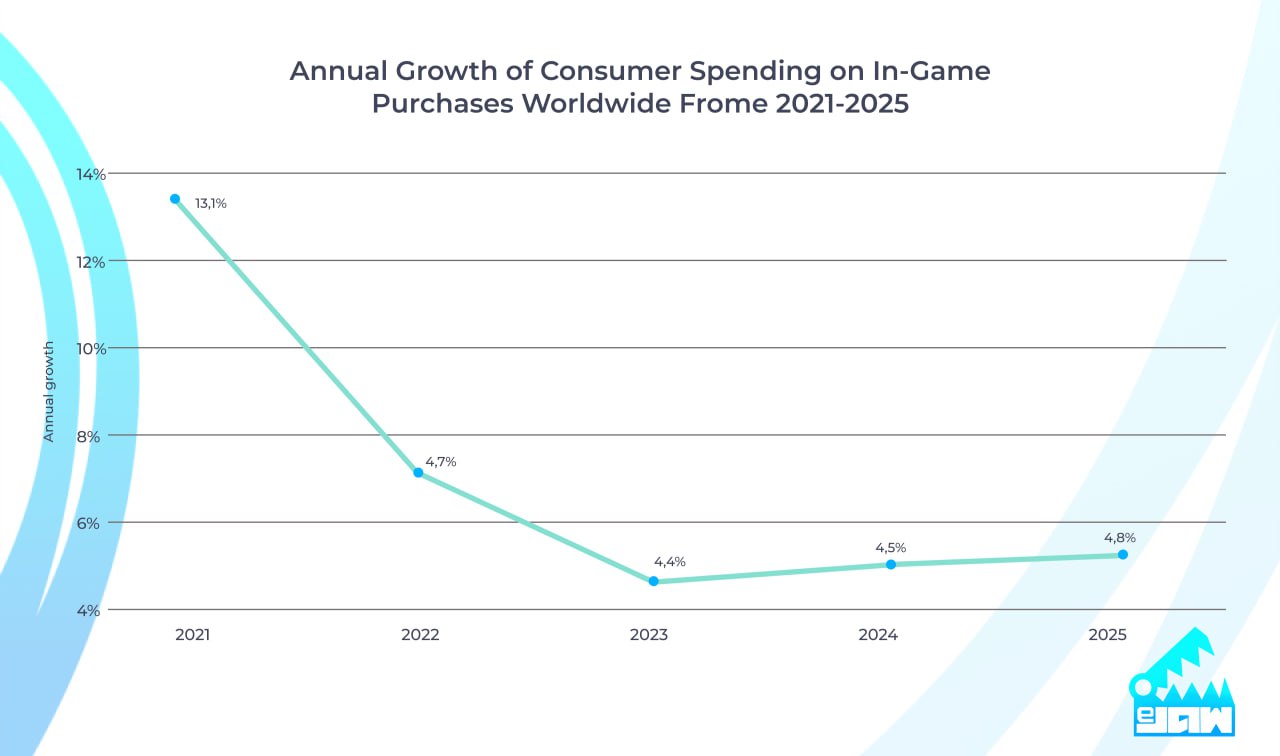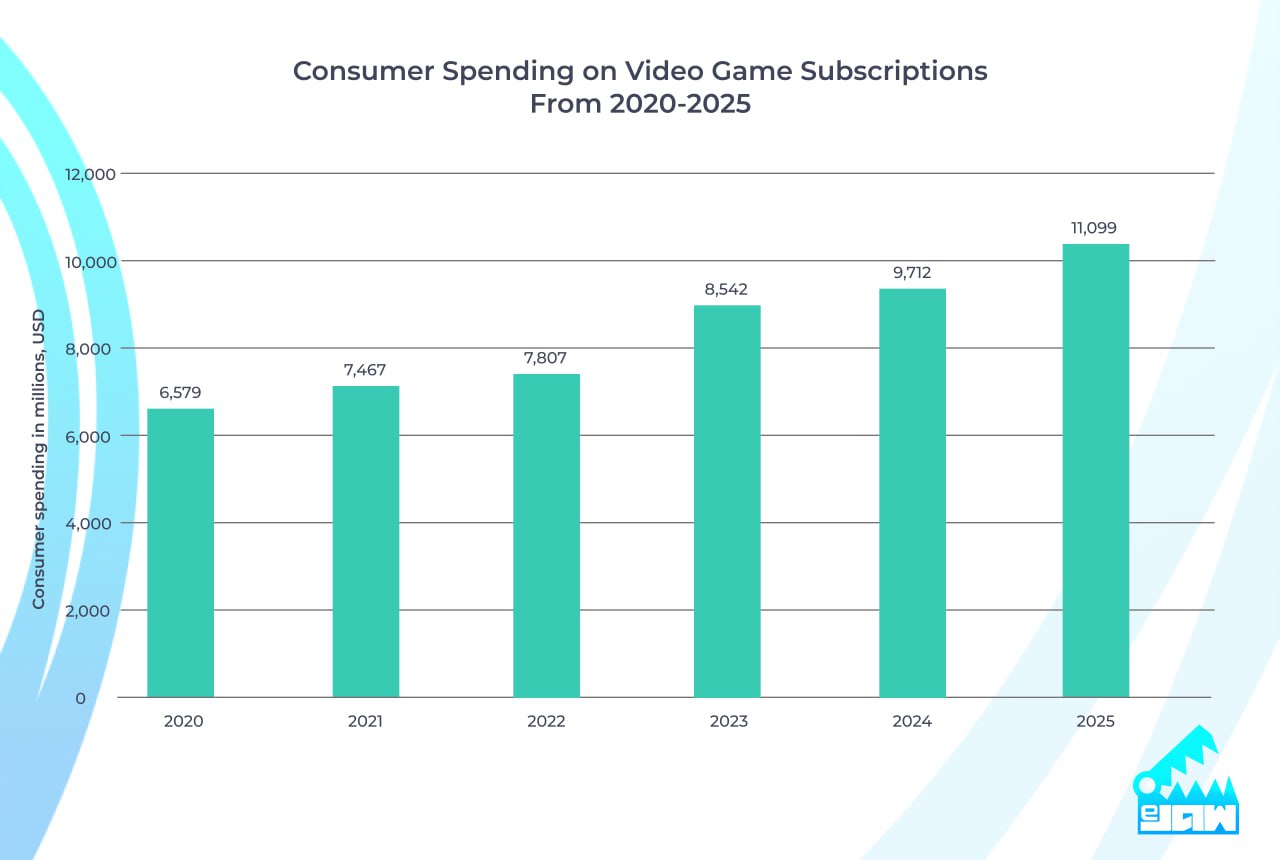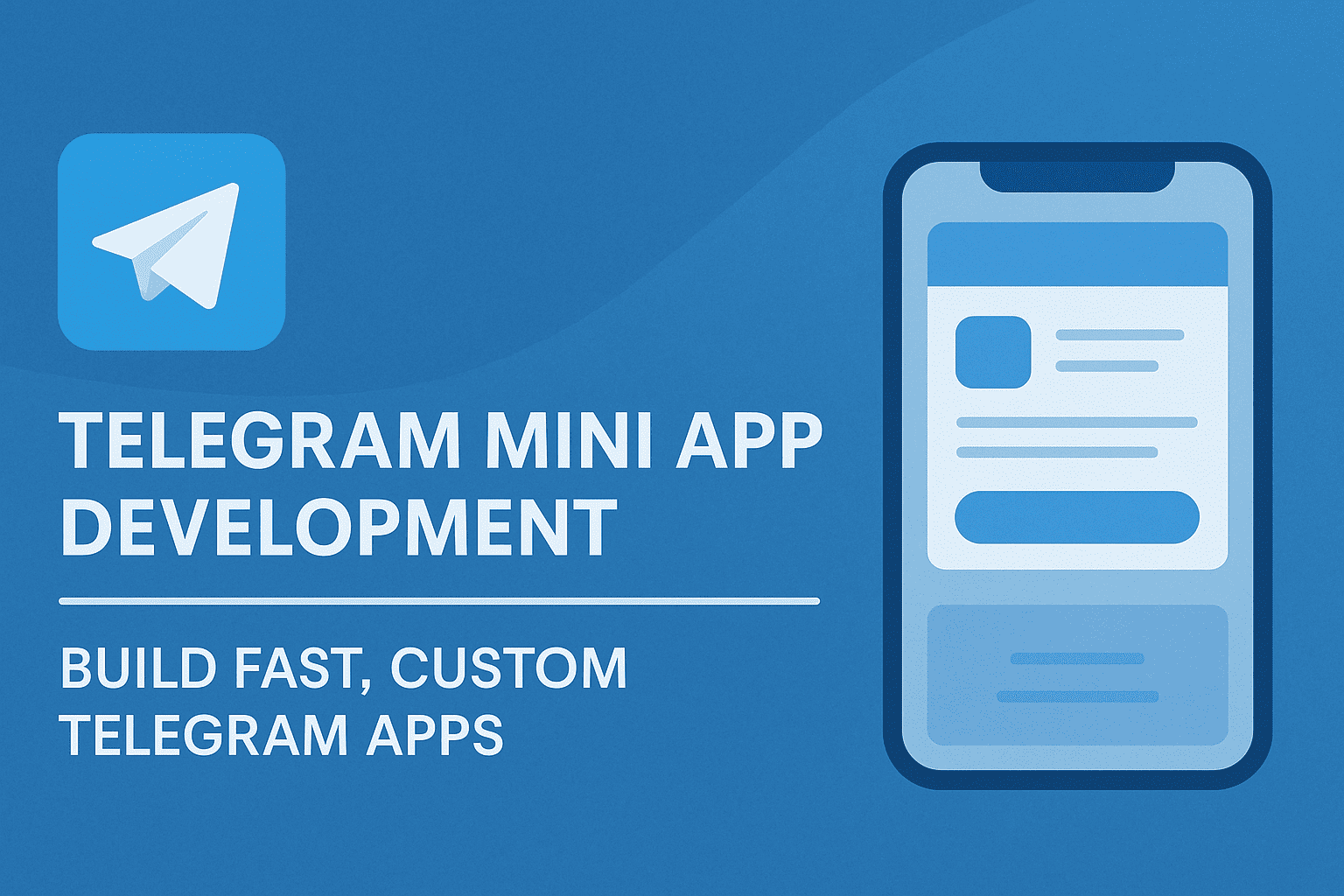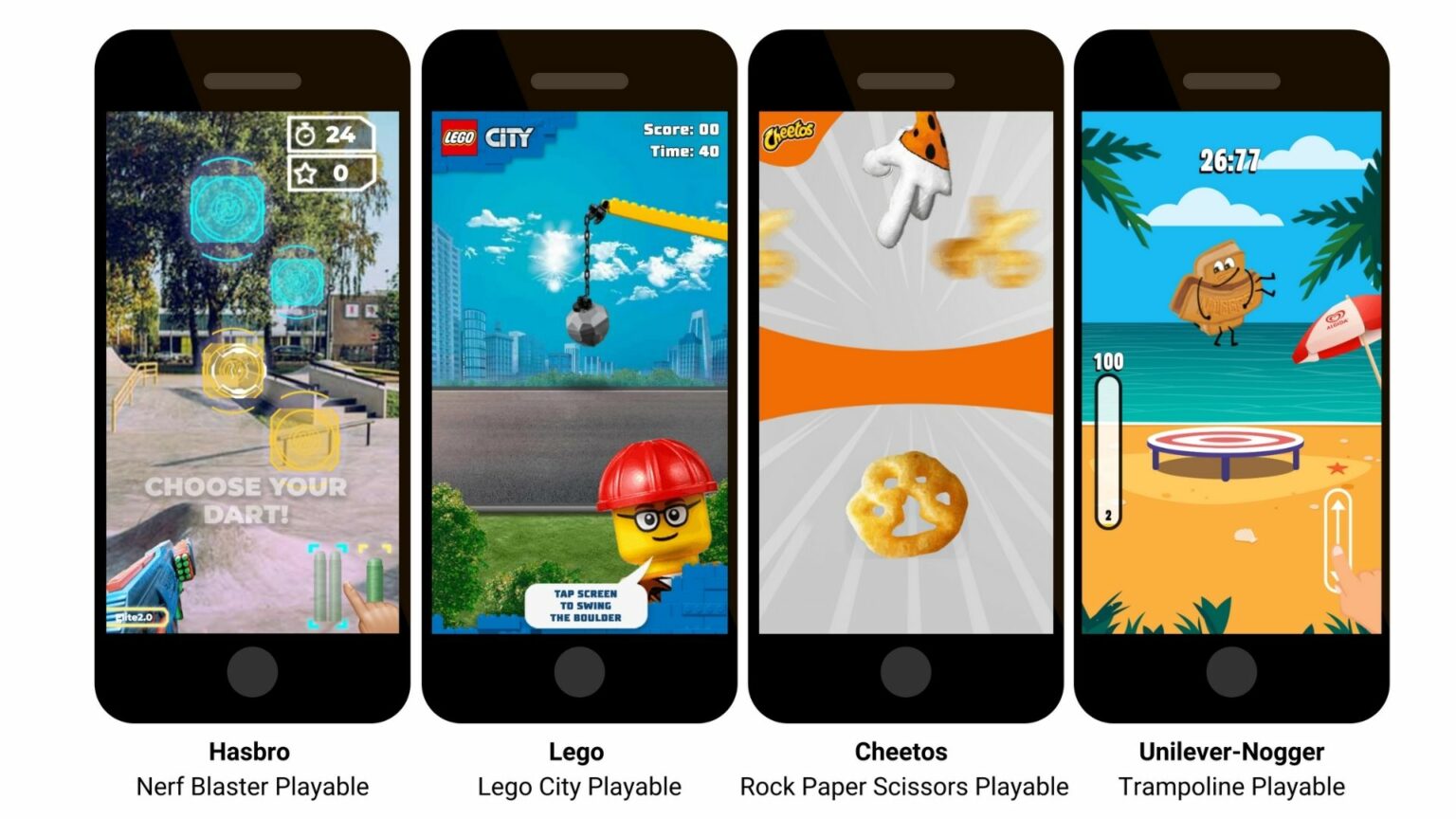In the dynamic world of mobile gaming, nailing game monetization strategies is a game-changer for slot game developers. It’s not just about raking in the bucks, but also about curating an awesome player journey. This piece is all about dissecting the ultra-cool money-making techniques tailored specifically for mobile games – think in-app splurges, power-up rewards from ads, and getting players hyped to share socially for perks. Get the lowdown on mobile game monetization, and devs can artfully walk the tightrope between big financial wins and keeping players totally stoked.
Why Mobile Games Monetization Is Vital
Ever wondered how mobile games manage to stay fun and free while also making money? It’s all thanks to smart game monetization strategies. These strategies are essential for game developers because they help games make money while keeping players happy.
- Keep the Game Going: Money helps developers keep improving and updating the game so players can keep having fun.
- Make Even Better Games: Earnings can be invested in creating more awesome games in the future.
- Support the Team: Money pays the people who work hard to make the games.
Ways to Make Money from Mobile Games
How do mobile games make money? Diving into the hip and happening universe of mobile app monetization, this exploration takes you through a whirlwind tour of cash-churning maneuvers. Buckle up as we unpack the game monetization models to not just pad those bank accounts, but also crafting an experience that players can’t get enough of.
- In-App Purchases: Players can buy special items, characters, or features inside the game.
- Ads for Rewards: Gamers watch ads to get in-game rewards like extra lives or bonuses.
- Subscriptions: Players pay a regular fee to access premium features or content.
- Free with Premium Options: The game is free to play, but players can pay for extra stuff if they want.
- Cosmetic Items: Selling things that don’t affect gameplay, like cool skins or outfits for characters.
- Limited-Time Events: Offering special items or challenges for a limited time, encouraging players to spend.
- Boosters or Power-Ups: Players can buy temporary advantages to progress faster.
- Loot Boxes: Players purchase boxes with random in-game items, adding an element of surprise.
In-App Purchases
In-app purchases, the modern-day alchemy of the gaming world, allow players to acquire virtual goods using real-world currency. But these aren’t just any goods – they’re the keys to unlock new levels, unique avatars, killer power-ups, and sometimes, just the right swag to flaunt in the digital realm. In-app purchases are like mini shopping trips within mobile games. They let buy virtual items or upgrades without having to leave the game or visit a separate online store. These purchases are made using real money, but they’re all about enhancing your gaming experience.
What Are In-App Purchases?
In app purchases, often abbreviated as IAPs, are a way for game developers to make money from their games. They offer players the option to buy various virtual items or content that can enhance gameplay or customize their in-game experience. These items can range from special weapons, outfits for characters, and extra lives to unlocking new levels or removing annoying ads.

How Do In-App Purchases Work?
When playing a game players see an in-app purchase option, it’s usually presented as a button or a pop-up window within the game itself. If players decide to buy something, they will be asked to confirm purchase and may need to provide payment information. Once they have completed the purchase, the virtual item or upgrade becomes available immediately, and they can start using it in the game.
It’s important to note that not all in-app purchases are the same. Some items might cost just a few cents, while others can be more expensive. Developers often offer different bundles or packages to give players more value for their money.
Types of In-App Purchases:
- Consumable Purchases: These are items gamblers can use up and need to buy again, like extra lives or in game currency.
- Non-Consumable Purchases: These are items players buy once and keep forever, like new characters, levels, or features.
- Subscriptions: Some games offer subscription services that provide ongoing benefits, like special rewards or exclusive content, as long as players are subscribed.
Benefits and Considerations:
In-app purchases bring benefits to both players and developers. Players get the opportunity to enhance their gaming experience and customize the game to their liking. Developers, on the other hand, can earn money to support their work and continue updating the game with new content.
Cracking the Code: Case Studies in Effective Integration
Time to put theory into action – let’s peek at some standout players who’ve mastered the art of in-app purchases.
“CosmoQuest Galaxy” seamlessly blends cosmetic allure with functional might. From dazzling space suits to laser cannons that pack a punch, players invest real cash for real game-enhancers, and they love it.
Then there’s “FantasyForge: World of Lost Empires,” which introduced a unique crafting system – players could buy the rarest materials, but they could also find them through dedicated gameplay. This balance ensures that while in-app purchases remain enticing, they never entirely overshadow the core game experience.
Rewarded Ads
Okay, so you’re playing a game on your phone, and suddenly, a short video or a mini-game pops up. After you watch the video or play the mini-game, you get a reward in the game. It could be extra coins, no deposit bonuses, a special power-up, or something else that helps you progress in the game. That’s rewarded ads in mobile games! It’s like watching a commercial on TV, but instead of just watching, players get something in return.
This is awesome for players because you don’t have to spend real money to get cool stuff in the game. Instead of buying things, you can earn them by watching ads. And for game creators, it’s a win-win. They get some money from the companies showing the ads, and players get something valuable in return. It’s like a little trade-off that benefits everyone.
Different Types of Rewarded Ads
There are a few different types of rewarded ads. The most common ones are video ads – short videos that you watch for a reward. But there are also playable ads where you actually get to play a tiny part of a different game. It’s like a sneak peek! And then there are opt-in ads, where you choose to watch an ad in exchange for a reward. This way, players have control over when they want to watch an ad, making it feel less intrusive.
How to Make Rewarded Ads Awesome in Games
Game creators have to be smart about where and when they show rewarded playable ads. Nobody wants to be interrupted by ads all the time – that’s just annoying. So, game makers try to find moments in the game where watching an ad actually adds to the fun. For example, you might get a chance to watch a rewarded ad after completing a tough level or right before a big boss fight. This way, it feels like you’re getting something cool in exchange for a little break.
Rewarded Ads vs. Buying Stuff in the Game
Here’s something interesting: rewarded ads can actually replace the need to buy things in the game. Instead of spending real money, you can choose to watch some ads and still get those special items or power-ups. This creates a sense of fairness in the game. Players who can’t or don’t want to spend money can still enjoy the game and progress just by watching ads.
Finding the Right Balance
Of course, too many ads can still be annoying. Game creators need to be careful about how often they show rewarded ads. If you have to watch an ad after every little thing you do, it’s not fun anymore. It’s all about finding the right balance – making sure players enjoy the game while also making some money from the ads.
In the exciting world of mobile gaming, rewarded ads are like a cool bonus. They let players watch ads and earn rewards in the game, which is awesome for players. And for game creators, it’s a clever way to make money while keeping players happy.
Subscriptions
Think of a subscription model like a membership that players sign up for in a game. It’s not just a one-time thing; it’s like joining a special club where they get VIP treatment. To be a part of this club, gamblers pay a small fee regularly, like once a month. In return, the game showers them with cool rewards and amazing features that are not available to everyone.

Getting Extra Goodies
When people become a subscriber, they are not just getting the basics that everyone gets for free. They are stepping into a world of extra goodies. Imagine playing a racing game where, as a subscriber, you get access to super-fast cars that can zoom past everyone else. Or in an adventure game, you might get special weapons that make you a hero in no time. These special perks make your gaming experience even more awesome.
Access to Exclusive Content
Have you ever heard about content? It’s like the cool stuff that makes a game exciting, like new levels, characters, outfits, and power-ups. Subscribers often get access to exclusive content that non-subscribers don’t.
Why Do People Subscribe?
You might be wondering, why would anyone pay to play a game when there are free games available? Good question! People subscribe because they really, really love the game. They want to show their support and enjoy the game to the fullest. Subscriptions also help game creators keep updating the game with fresh, exciting things because they have a bit of money to make those improvements.
Choosing the Right Subscription
Different games offer different types of subscriptions. Some might give you access to special items, while others might give you extra turns or lives to keep playing even when things get tough. It’s important to choose a subscription that matches the type of game you love. Just like picking the right flavor of ice cream, you want a subscription that makes your gaming experience even better.
Freemium Model
What is the freemium revenue model? The term “freemium” is a fusion of “free” and “premium,” and this model allows players to access and play a game for free while offering optional in-game purchases or premium features. In essence, players can enjoy the core game without any upfront payment, but the game offers enticing enhancements or virtual items that can be acquired through real money transactions.
The Allure of Free Access
The freemium model capitalizes on the widespread appeal of free access. Players are more likely to download and try a game that doesn’t have an initial cost, which results in a larger player base right from the start. This is particularly beneficial for indie developers or new entrants in the mobile gaming scene who may not have the brand recognition to attract players with a paid game.
In-App Purchases: The Revenue Engine
One of the major revenue streams in the freemium model is in-app purchases. These are virtual items, power-ups, characters, or other enhancements that players can buy within the game. These purchases provide a steady income source, as players are often willing to spend small amounts for items that enhance their gameplay experience. Devs can strategically design these in-game purchases to align with players’ desires, ensuring a steady flow of revenue.
The Power of Personalization
The freemium model also encourages personalized experiences. Players can choose to spend on items that reflect their individual preferences, which in turn fosters a stronger connection to the game. This personalization not only enhances player engagement but also increases the likelihood of repeat purchases, leading to a sustainable revenue stream over time.
Balancing Accessibility and Monetization
One challenge game developers face is finding the right balance between offering enjoyable free content and enticing players to make purchases. It’s crucial to design a game that doesn’t feel “pay-to-win,” where players who spend money have an unfair advantage over others. Successful implementation of the freemium model involves providing valuable content for free while ensuring that premium purchases enhance the experience without becoming a necessity.
Community and Social Interaction
The freemium model can foster a vibrant community around a game. Players who invest time and money in a game are more likely to engage with others who share their interests. Developers can capitalize on this by implementing social features, such as multiplayer modes, leaderboards, and collaborative challenges. These features not only enhance player engagement but also create opportunities for social sharing, leading to organic growth as players invite friends to join in the fun.
Ad Revenue: A Supplementary Channel
In addition to in-app purchases, ads can serve as a supplementary revenue channel in the freemium model. Players can choose to watch ads in exchange for in-game rewards, providing a non-intrusive way to monetize free players. However, striking the right balance between ad frequency and player experience is essential to prevent frustration and potential player churn.
Case Studies
For game developers, finding the right recipe to make money while keeping players happy is like discovering a hidden treasure. In this journey through the world of mobile game monetization, we’ll take a close look at some well-known games that have nailed the art of cashing in without compromising player satisfaction. Get ready to uncover the secrets behind their success and gain insights into crafting your own winning strategy.
Why Case Studies Matter for Game Developers
Imagine having a treasure map that leads you straight to the loot. That’s exactly what case studies offer to game developers. By delving into the stories of successful mobile games, you get a chance to learn from their experiences, victories, and even their mistakes. These case studies act as guideposts, showing you the way to create a profitable game that players love.
Here’s a table showcasing successful mobile games and their monetization strategies:
| Game | Monetization Strategy | Key Takeaways |
| Angry Birds | In-App Purchases | Balancing free gameplay with purchasable power-ups. |
| Temple Run | Rewarded Ads | Integrating ads into gameplay for rewards. |
| Candy Crush Saga | In-App Purchases, Social Sharing | Building a community through social interactions. |
| Pokémon GO | In-App Purchases, Location-Based Ads, Sponsored Content | Utilizing real-world locations for in-game items. |
| Clash of Clans | In-App Purchases, Timed Upgrades | Offering timed enhancements for revenue generation. |
| Subway Surfers | In-App Purchases, Video Ads | Using in-game currency and video ads for rewards. |
| Fortnite | In-App Purchases, Battle Passes | Offering cosmetic upgrades through battle passes. |
| Among Us | One-Time Purchase, Ads for Free Version | Providing a paid ad-free version alongside free play. |
| Roblox | In-App Purchases, Virtual Currency | Creating an economy around virtual items and games. |
| Homescapes | In-App Purchases, Story Progression | Pairing purchases with advancing in the game’s story. |
These games have demonstrated various monetization strategies that have contributed to their financial success and player engagement. Keep in mind that successful monetization strategies are often tailored to the specific game mechanics and player base, so adapting these strategies to your own game’s context is key to achieving success.
Lessons Learned: Extracting Wisdom from Success Stories
These case studies aren’t just stories of games; they’re treasure chests of knowledge for game developers. The key takeaways from mobile games revenue statistics are:
- Find the Balance: Each game managed to strike a balance between making money and providing a great player experience. Keep this equilibrium in mind while designing your monetization strategy.
- Engagement is Key: All three games used their monetization techniques to enhance player engagement. Whether through power-ups, rewards, or social interactions, players felt more connected to the game.
- Player-Centric Approach: None of these games compromised on player satisfaction. In fact, their monetization strategies were designed to enhance the overall gameplay rather than hinder it.
- Adapt and Innovate: The mobile gaming landscape is always evolving. Don’t be afraid to experiment and try new monetization tactics that align with your game’s core mechanics.
Bad Models Of Mobile Game Monetization
We’ll walk you through a few subpar monetization techniques of mobile games, helping you avoid these pitfalls and keep your players engaged and happy.
1. The Aggressive Paywall Trap
One of the most notorious monetization missteps is the aggressive paywall approach. This model involves locking essential game features, content, or progression behind a paywall, forcing players to make purchases to advance. While monetization is important, an overreliance on paywalls can lead to player frustration, eventually driving them away from your game. Remember, players are looking for a fair and enjoyable experience, not constant barriers demanding payments.
2. The Overwhelming Ad Onslaught
While ads can be a valuable revenue stream, overwhelming players with excessive ads can backfire big time. Bombarding players with ads at every turn disrupts gameplay and detracts from the overall user experience. Striking the right balance between ad exposure and gameplay is essential. Opt for relevant, non-intrusive ad placements that enhance the experience rather than detracting from it.
3. The “Pay to Win” Quicksand
Nothing turns players off faster than a “pay-to-win” environment. This model allows players to gain significant advantages by spending money, creating an uneven playing field. Instead of motivating players to improve their skills, this approach pushes them to open their wallets, leading to an unfair and frustrating experience. Successful games build a sense of accomplishment through skill and dedication, not through financial superiority.
4. The Loot Box Controversy
Loot boxes, a form of random in-game rewards that players can purchase, have faced a lot of criticism for promoting gambling-like behavior, especially among younger players. Relying heavily on loot boxes for monetization can not only alienate your player base but also attract legal scrutiny and negative publicity. Consider transparent and ethical monetization methods that prioritize player satisfaction and well-being.
5. The Paywall Progression Crawl
Locking progression solely behind paywalls is a slippery slope. When players feel that they can’t progress without constant payments, frustration sets in. A healthy progression system, achievable through gameplay and occasional purchases, keeps players engaged and invested. Remember, a satisfied player is more likely to spend on worthwhile in-game items.
Conclusion: Crafting a Winning Monetization Strategy for Mobile Games
Armed with knowledge, armed with creativity, you’re now ready to craft your monetization saga. Mobile game revenue is a journey of innovation, experimentation, and adaptation. Keep your ears to the ground for emerging trends and player preferences. Listen to feedback and iterate on your strategies. Monetization isn’t a one-size-fits-all formula; it’s a dynamic process that evolves alongside your game and its community.








